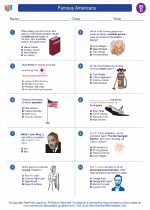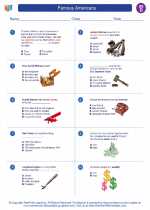Europe
Europe is a continent located entirely in the Northern Hemisphere and mostly in the Eastern Hemisphere. It is bordered by the Arctic Ocean to the north, the Atlantic Ocean to the west, and the Mediterranean Sea to the south. Europe is the sixth largest continent by land area and the third most populous continent.
Geography
Europe is known for its diverse geography, including the Alps mountain range in the south, the Scandinavian Peninsula in the north, and the fertile plains of Eastern Europe. The continent is also home to numerous rivers, including the Danube, Rhine, and Volga.
History
Europe has a rich and complex history, encompassing ancient civilizations such as the Greeks and Romans, the medieval period, the Renaissance, and the two World Wars in the 20th century. The continent has been the birthplace of influential cultural, artistic, and scientific movements that have shaped the modern world.
Countries
Europe is comprised of 44 countries, including major powers such as Germany, France, the United Kingdom, and Russia, as well as smaller nations like Iceland, Malta, and Luxembourg. Each country has its own unique culture, language, and history, contributing to the rich tapestry of European diversity.
Study Guide
To study Europe effectively, it is important to focus on the following key areas:
- Geographical features and regions of Europe, including mountain ranges, rivers, and major bodies of water.
- Significant historical events and periods, such as the Roman Empire, the Renaissance, and the World Wars.
- The political and cultural diversity of European countries, including their respective capitals, languages, and major landmarks.
- The impact of European history and culture on the modern world, including art, literature, and scientific advancements.
By understanding these aspects of Europe, students can gain a comprehensive appreciation for the continent's significance and influence on global affairs.
[Europe] Related Worksheets and Study Guides:
.◂Social Studies Worksheets and Study Guides Fourth Grade. Famous Americans

 Worksheet/Answer key
Worksheet/Answer key
 Worksheet/Answer key
Worksheet/Answer key
 Worksheet/Answer key
Worksheet/Answer key
